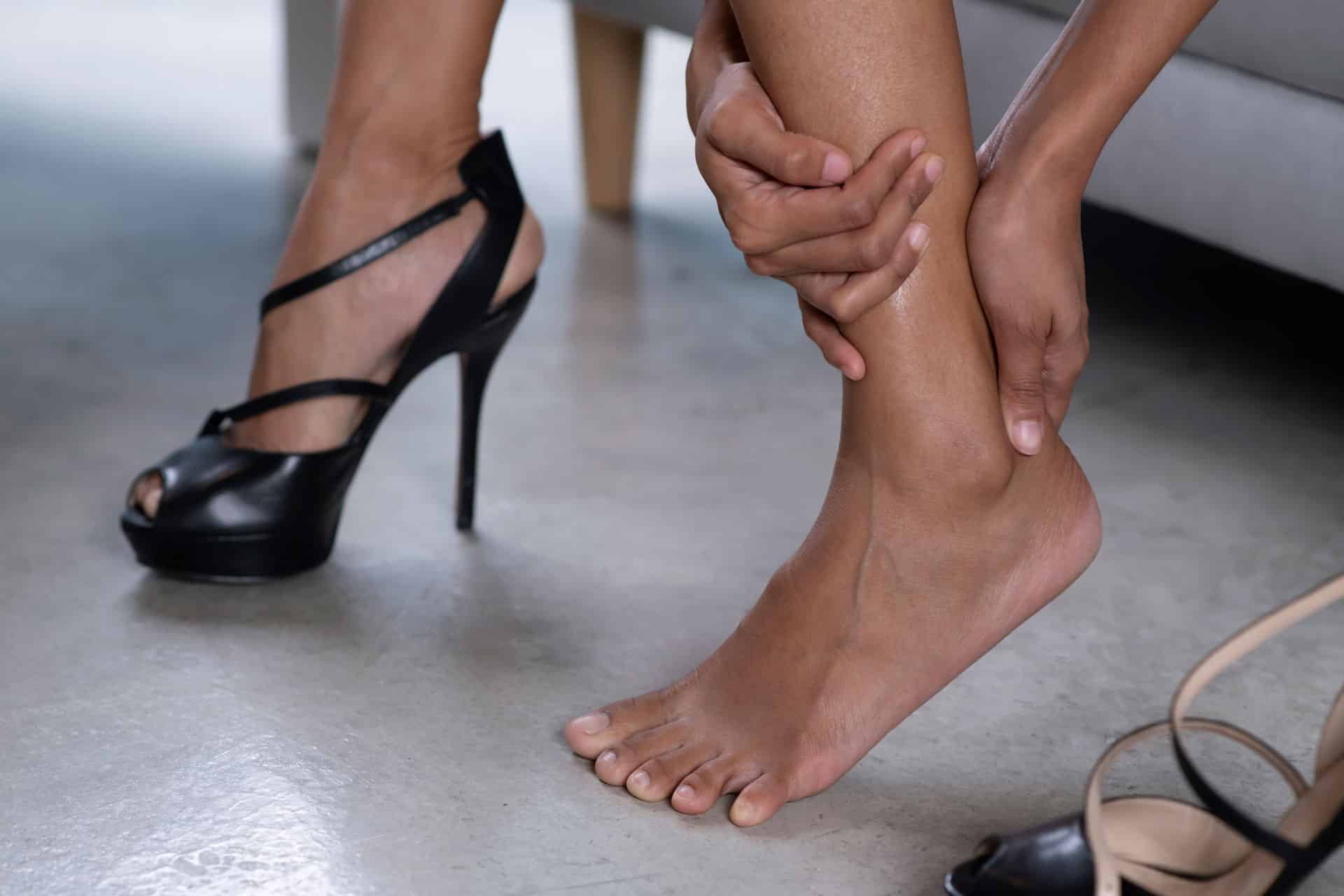
If you’re one of the millions of people suffering from plantar fasciitis, you know how persistent and painful this condition can be. The stabbing heel pain, especially during the first steps in the morning or after long periods of rest, can significantly affect your daily life. Fortunately, there's an innovative, non-invasive solution gaining popularity: SoftWave Therapy.
Designed to accelerate healing without the risks or recovery time of surgery, SoftWave Therapy offers new hope for individuals seeking relief from plantar fasciitis. This advanced treatment harnesses the power of sound waves to stimulate tissue regeneration and reduce inflammation at the source. In this blog, we’ll explore how SoftWave Therapy works, why it’s effective, and how it can help you get back on your feet—pain-free and without going under the knife.
SoftWave Therapy is an advanced form of regenerative medicine that uses unfocused shockwaves to stimulate healing at the cellular level. Unlike traditional treatments that simply mask the pain, SoftWave Therapy targets the root cause by promoting tissue regeneration, increasing blood flow, and reducing inflammation. This technology uses electrohydraulic acoustic waves to penetrate deep into musculoskeletal tissues, stimulating natural healing processes.
The treatment is FDA-cleared and has gained popularity among healthcare providers for its ability to accelerate recovery in a wide range of soft tissue injuries, including plantar fasciitis. One of its key advantages is that it’s non-invasive—there’s no need for anesthesia, incisions, or downtime. Sessions typically last about 10 to 15 minutes, making it a convenient option for people with busy lives.
For individuals dealing with the chronic pain of plantar fasciitis, SoftWave Therapy offers an effective alternative to medication, injections, or surgery. It works not by suppressing symptoms, but by activating the body’s own healing mechanisms, which sets it apart from many traditional treatments.
Related: Can SoftWave Therapy Improve Blood Flow and Circulation?

Plantar fasciitis occurs when the thick band of tissue connecting the heel bone to the toes becomes inflamed or damaged, typically due to overuse, poor footwear, or improper biomechanics. SoftWave Therapy targets this affected area using high-energy acoustic waves, which are applied externally to the skin and penetrate deep into the tissue without causing damage.
These waves trigger a cellular response known as mechanotransduction, which stimulates the release of growth factors, reduces inflammation, and promotes the formation of new blood vessels. As a result, the therapy helps repair microtears in the fascia, reduces scar tissue buildup, and encourages long-term healing.
Unlike corticosteroid injections or pain medications that offer short-term relief, SoftWave Therapy addresses the underlying damage. It rejuvenates the plantar fascia on a cellular level, often reducing or eliminating the need for more invasive procedures. Patients typically begin to feel improvement after just a few sessions, with continued progress over several weeks.
SoftWave Therapy's ability to initiate true tissue regeneration rather than temporary symptom relief makes it an especially powerful tool in treating plantar fasciitis naturally and effectively.
Related: Chronic Pain Solutions: How SoftWave Therapy Can Help
Opting for SoftWave Therapy instead of surgery offers numerous advantages, especially for individuals looking to avoid invasive procedures. Here are some of the key benefits:
These benefits make SoftWave Therapy an appealing option for people with plantar fasciitis who are looking for effective, long-term relief without the hassle or risks of surgical intervention.
Related: SoftWave Therapy for Back Pain Relief: Does It Really Work?
A SoftWave Therapy session for plantar fasciitis is a straightforward and comfortable experience for most patients. During the initial consultation, the healthcare provider will evaluate your condition and determine the best treatment plan. When the therapy begins, you’ll be asked to lie back while the provider applies a water-based gel to your heel or the arch of your foot—this helps conduct the sound waves efficiently.
The handheld SoftWave device is then placed on the affected area. Patients usually describe the sensation as mild tapping or a dull ache, which is a good indicator that the treatment is reaching the inflamed tissues. The intensity can be adjusted based on your comfort level.
Each session lasts about 10 to 15 minutes, and there is no need for recovery time afterward. Some individuals experience mild soreness similar to that of a post-workout sensation, but this typically subsides within 24 hours. For optimal results, a series of 3 to 6 sessions is often recommended, spaced a few days apart.
By knowing what to expect, you can approach your SoftWave Therapy sessions with confidence and optimism, ready to take the next step toward healing your plantar fasciitis naturally.
Related: Exploring SoftWave Therapy: A Modern Approach to Pain Management
Not everyone with foot pain will benefit equally from SoftWave Therapy, but many individuals with plantar fasciitis are excellent candidates. You might be a good fit if you meet the following criteria:
It’s essential to consult with a provider who specializes in SoftWave Therapy to determine if it’s appropriate for your specific condition. The right candidate can expect noticeable improvements in function and pain levels without the need for more aggressive interventions.
One of the most appealing aspects of SoftWave Therapy is how quickly some patients begin to notice results. While individual responses can vary based on the severity of the plantar fasciitis and overall health, many people report a reduction in pain within the first few sessions. Some even experience relief after just one treatment.
However, the therapy’s true benefit lies in its cumulative effect. As your body responds to the regenerative stimulus over time, healing continues for several weeks—even after the final session. Typically, a full treatment course involves between 3 to 6 sessions, and maximum improvement is often seen within 4 to 6 weeks after completion.
It’s important to manage expectations and understand that SoftWave Therapy promotes gradual, lasting recovery rather than a quick fix. This slower, more natural approach supports permanent healing and helps reduce the chance of recurrence. With consistency and proper post-treatment care, most patients experience significantly reduced pain and improved mobility, allowing them to return to daily activities with confidence.
Schedule your consultation with Dr. Ronil Pala, D.C. at Mountain Valley Family Chiropractic in Fort Collins, Colorado today. Discover how SoftWave Therapy can help you get back on your feet—pain-free and naturally.
Call now or book online to start your journey toward healing!
